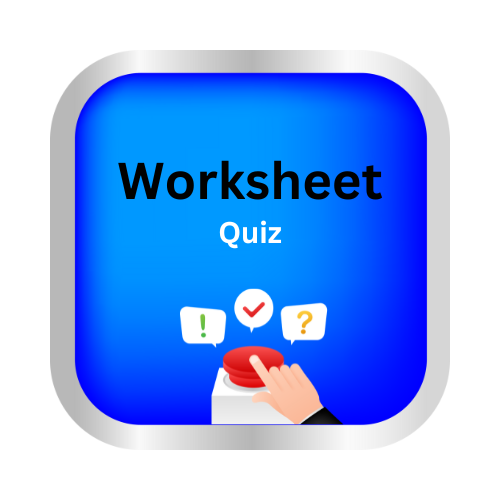Some measurements
Key Notes :
Units of Measurement:
- Length: Measured in meters (m), centimeters (cm), and millimeters (mm).
- Mass: Measured in grams (g) and kilograms (kg).
- Time: Measured in seconds (s), minutes (min), and hours (h).
- Temperature: Measured in degrees Celsius (°C) or Fahrenheit (°F).
- Volume: Measured in liters (L) or milliliters (mL).
Conversions Between Units:
- Convert between units within the same system (e.g., 1 meter = 100 centimeters, 1 kilogram = 1000 grams).
- Understand simple conversions like 1 liter = 1000 milliliters or 1 hour = 60 minutes.
Measuring Length:
- Use rulers, measuring tapes, and calipers to measure length.
- Common objects and their approximate lengths (e.g., a pencil is about 15 cm long).
Measuring Mass:
- Use scales or balances to measure mass.
- Common objects and their mass (e.g., a book weighs about 500 grams).
Measuring Volume:
- Use measuring cups or graduated cylinders for liquids.
- Learn the difference between solid and liquid volume measurements.
Temperature:
- Learn how to read a thermometer to measure temperature.
- Understand temperature scales: Celsius and Fahrenheit.
Time:
- Learn how to read a clock (analog and digital).
- Know how to convert between minutes, hours, and seconds.
Estimations:
- Practice estimating measurements before actually measuring to develop a sense of scale.
Importance of Accurate Measurements:
- Why precise measurements are essential in science, daily life, and various professions (e.g., cooking, construction).
Let’s practice!

